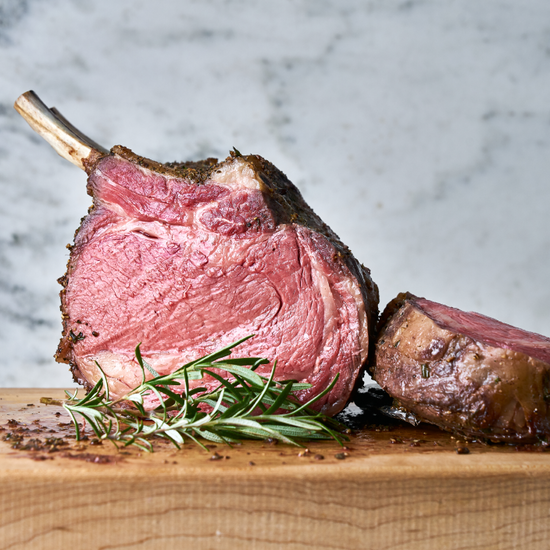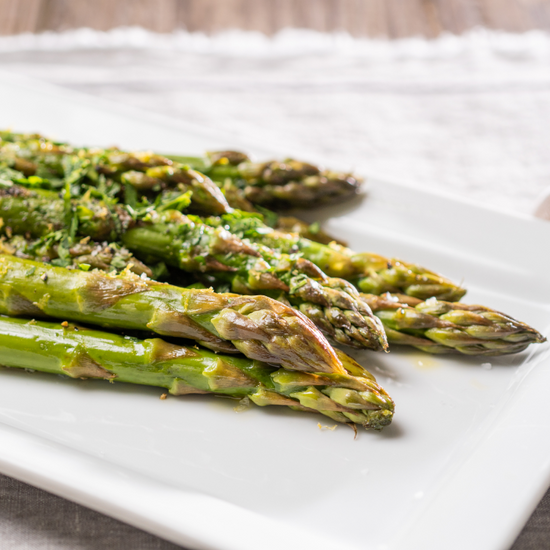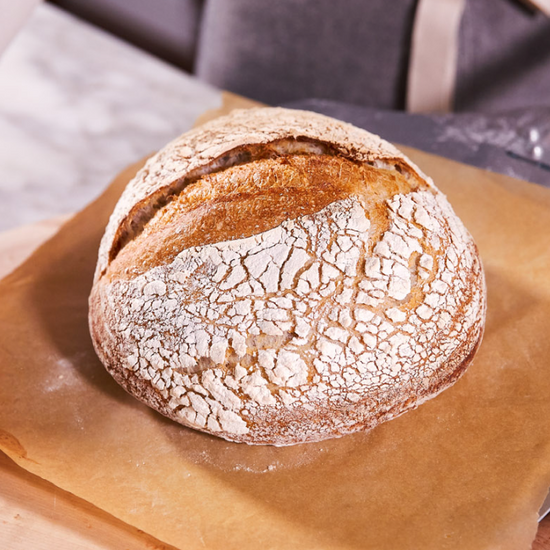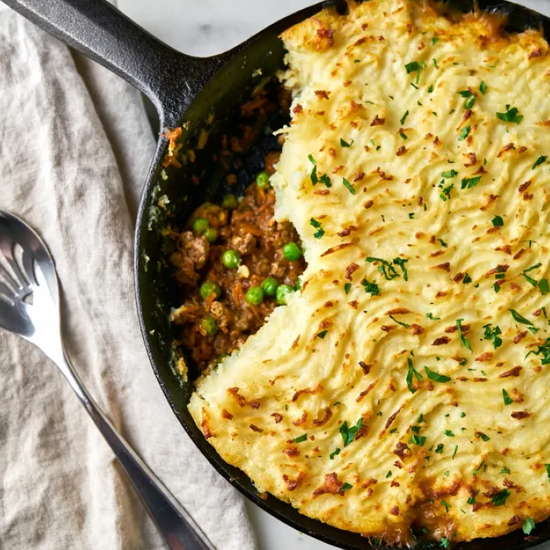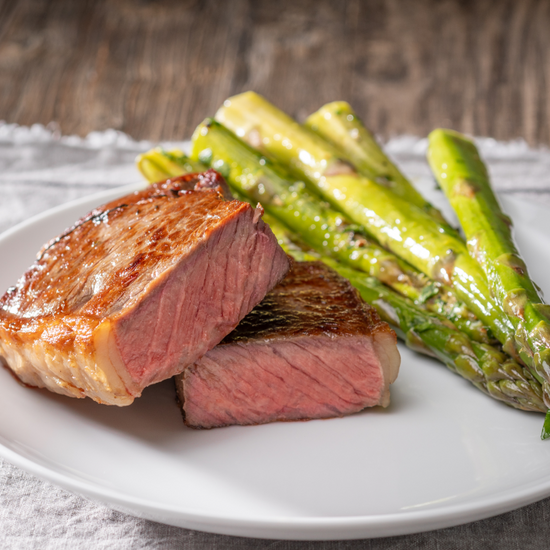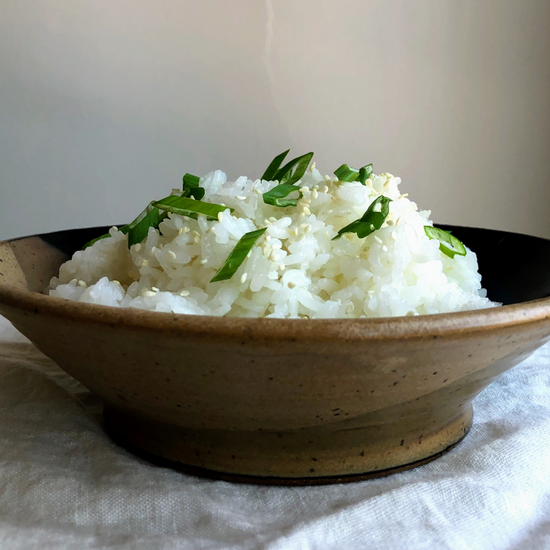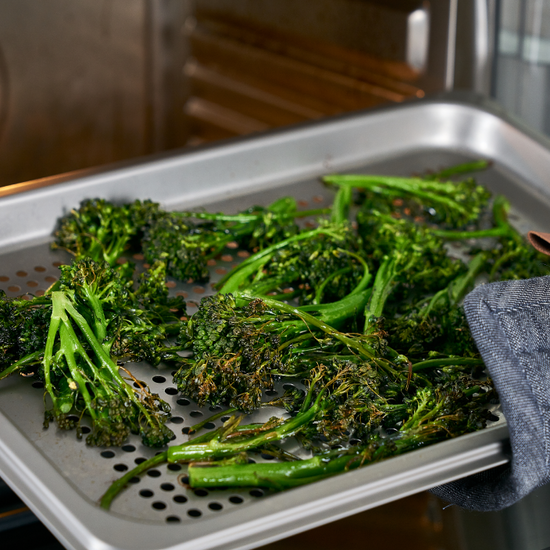
Why Cook in Stages?
Most traditional recipes call for cooking at a single temperature for a set amount of time. Although it may be perfectly fine to bake brownies at 350°F (177°C) for 20 minutes, many foods, especially proteins, benefit from dividing the cooking process into stages with different cooking temperatures and times.
If you’re already familiar with sous vide cooking, this strategy will be familiar. First cook your food using low heat until it reaches a perfect doneness from edge to edge, then sear the outside of the food using high heat. This prevents the inevitable risk of single-stage cooking: telltale bands of gray on the outside of a steak, dry and stringy poultry, or vegetables that are charred on the outside but still raw on the inside.
Depending on the food you’re cooking, you may want to choose to finish it on the stovetop instead of in the Anova Precision™ Oven. Thinner proteins, such as steaks and chicken thighs, are better finished on the stovetop for quick searing. Other foods, like large roasts, can be cooked start-to-finish in the Precision™ Oven, with a browning stage added after sous vide cooking.


